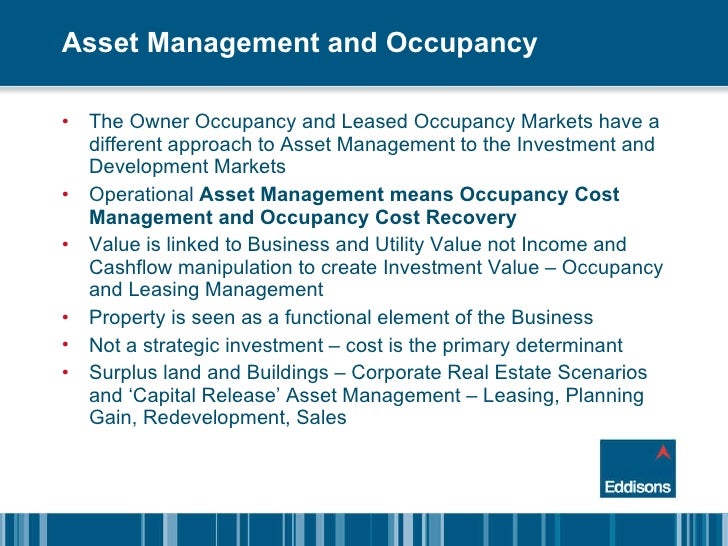

TEMs may also want to add a low-cost physical CPE design, without virtualization capabilities, based on the same architecture, routing software and management. It has multiple advantages, such as avoiding additional switching operations from/to a dedicated vRouter VNF, but also properly managing end-to-end Quality of Service (QoS) in case congestion happens during the VNF chain. Some TEMs, to optimize the design, take the decision to embed the mandatory vRouter directly in the infrastructure. I have personally been involved in many of these discussions with TEMs, and understand how critical it is to have the most efficient switching/routing stack to keep the best possible price/performance ratio to be competitive on this market. The price for all-in-one uCPE appliances is very sensitive, and a Telecom Equipment Manufacturer (TEM) starting in the uCPE business cannot afford to build its solution on a platform that won’t match Service Provider’s TCO expectations.


Additionally, performance must be deterministic to avoid facing temporary issues that will be difficult to analyze and troubleshoot. When VNFs are chained, more switching operations are needed. This question is valid because network intensive tasks are required for the uCPE including switching between VNFs at the host level. However, one of the main objections of uCPE from Service Providers is: “will the uCPE meet my customer’s performance requirements?” Many industry articles list the benefits of uCPE within the growing trend towards a flexible and programmable network. The hardware is built using commercial off-the-shelf (COTS) servers, which brings another strong advantage in the global sourcing capabilities of a unique or commonly used hardware platform. It consists of a single platform running virtual network functions (VNFs) to replace multiple dedicated appliances. Universal CPE (uCPE) is an industry hot topic as it brings more flexibility in the subscription and deployment of value-added services for end-customers through virtualization.


 0 kommentar(er)
0 kommentar(er)
